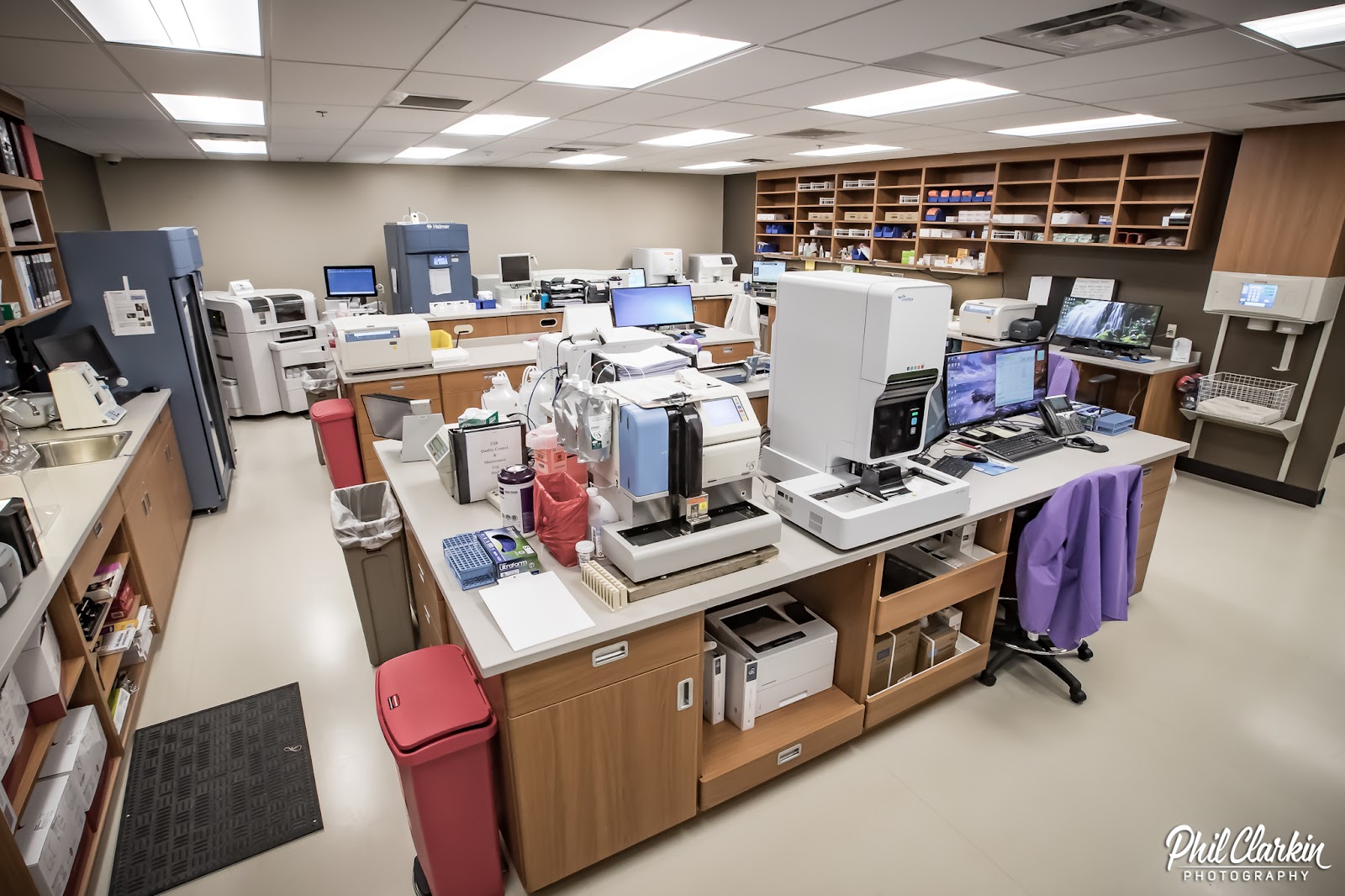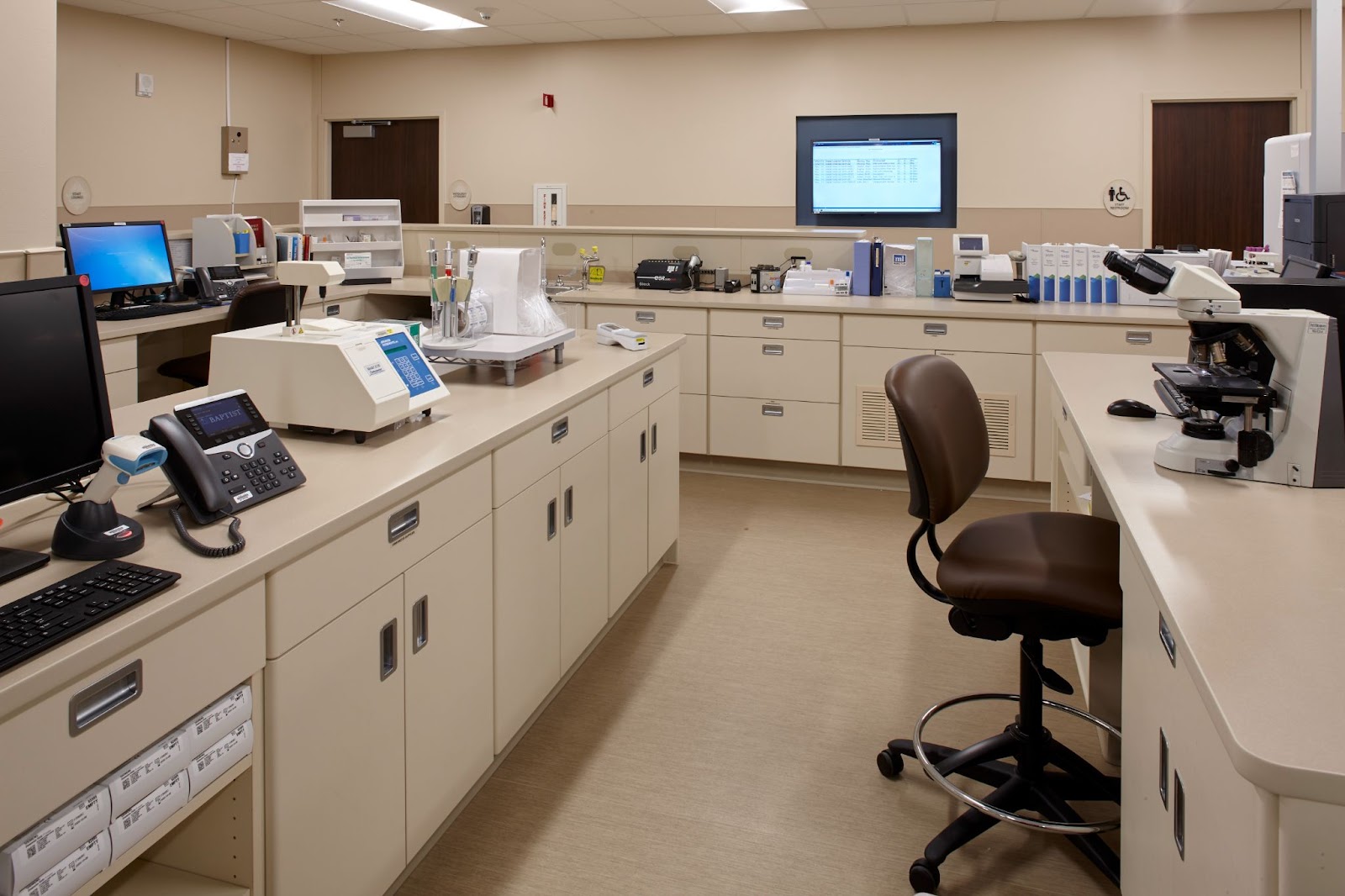6 Storage Solutions for Modern Laboratory Casework Designs

In today’s fast-paced scientific environment, having an efficient storage system in the laboratory is crucial to maintaining both productivity and safety. Laboratories require ample space for storing instruments, chemicals, samples, and other materials, and the organization of these items plays a major role in optimizing workflows.
Modern laboratory casework has redefined the way storage solutions are integrated into lab spaces, offering advanced designs that meet the increasing demands for accessibility, safety, and efficiency. With the right casework storage solutions, laboratories can enhance productivity, reduce clutter, and create a seamless work environment.
If you want to upgrade your current laboratory storage systems, let’s explore six cutting-edge storage solutions commonly featured in modern laboratory casework designs that redefine how labs organize and operate today.
1. Modular Casework for Flexible Storage
Due to its flexibility, modular casework is one of the most popular storage solutions in modern laboratory designs. These systems are designed with interchangeable components, allowing for custom configurations that adapt to changing lab needs.
How It Works
Modular casework typically consists of cabinetry, shelving, and work surfaces that can be reconfigured or expanded as the laboratory grows or changes its focus. For example, units can be added, rearranged, or relocated to accommodate new equipment or staff.
Benefits
This flexibility is ideal for dynamic research environments where needs are constantly evolving. The modular nature ensures that labs don’t have to undergo expensive redesigns or relocations to adapt to new requirements.

2. Mobile Storage Cabinets
Mobile storage cabinets offer versatility and convenience for laboratories that require frequent material movement. They are mounted on heavy-duty casters, making them easy to move throughout the lab as needed.
How It Works
Mobile storage cabinets are typically equipped with lockable wheels, ensuring they stay secure when used. They can store anything from chemicals to instruments, allowing researchers to keep important materials within arm’s reach.
Benefits
These cabinets are perfect for labs that require flexibility. They allow staff to bring storage directly to the work area, saving time and reducing foot traffic and clutter in main lab spaces.
3. Under-Bench Storage Solutions
Space is often at a premium in modern laboratories, making under-bench storage an effective solution for maximizing available space. Under-bench cabinets are installed directly beneath workbenches, providing quick access to supplies without taking up additional floor space.
How It Works
These storage systems can include drawers, shelving, or lockers, depending on the lab’s needs. They are typically designed to be compact but functional, keeping essential items close by without interfering with the workspace above.
Benefits
Under-bench storage solutions make it easy for lab personnel to stay organized while maximizing the utility of every square inch of the lab. With less clutter on work surfaces, workflow efficiency improves significantly.
4. Chemical Storage Cabinets
When it comes to storing hazardous chemicals, safety is the top priority. Chemical storage cabinets are designed to safely store flammable, corrosive, or otherwise hazardous substances, keeping them secure while meeting stringent safety regulations.
How It Works
These cabinets are constructed from fire-resistant materials and often feature ventilation systems to prevent the buildup of fumes. They are typically marked with clear labeling to ensure that all lab staff are aware of the cabinet’s contents.
Benefits
Proper chemical storage protects both the staff and the environment from exposure to dangerous substances. Additionally, storing chemicals in designated, compliant cabinets ensures that labs meet safety regulations and avoid costly penalties.

5. High-Density Storage Systems
For labs that handle a large volume of materials, high-density storage systems are a game-changer. These systems feature movable shelving units that compact together when not in use, maximizing the amount of storage in a given area.
How It Works
High-density storage systems use tracks or rails to slide shelving units together, eliminating unnecessary aisles and creating a compact storage area. Users simply pull out the desired unit when needed.
Benefits
These systems offer the highest possible storage capacity within the smallest footprint, making them ideal for labs with limited space. They also help keep materials organized and accessible without sacrificing floor space.
6. Overhead Storage Units
Another effective way to make use of vertical space in the lab is by installing overhead storage units. These cabinets are mounted on the wall or above workstations, keeping important items within easy reach while freeing up counter and floor space.
How It Works
Overhead cabinets can be outfitted with adjustable shelving, hooks, or bins to store lab supplies, equipment, or documents. Depending on space constraints, the units can be designed to swing open or slide.
Benefits
Overhead storage keeps countertops clear for work while still providing easy access to commonly used items. It’s an excellent way to optimize space in labs with limited square footage.
Custom Casework Solutions Courtesy of R.C. Smith
Modern laboratory casework designs have revolutionized how storage solutions are integrated into lab spaces, offering laboratories more flexibility, safety, and efficiency. These solutions are key to creating a streamlined, organized lab environment, from modular systems to high-density storage.
R.C. Smith specializes in custom laboratory casework to meet your lab’s unique needs. Whether you’re looking for mobile storage cabinets, chemical storage units, or modular casework systems, we have the expertise to provide high-quality, durable solutions that enhance your lab’s functionality.
Contact R.C. Smith in Burnsville, MN, today to learn more about our custom casework solutions and how we can help optimize your lab’s storage systems for maximum efficiency.